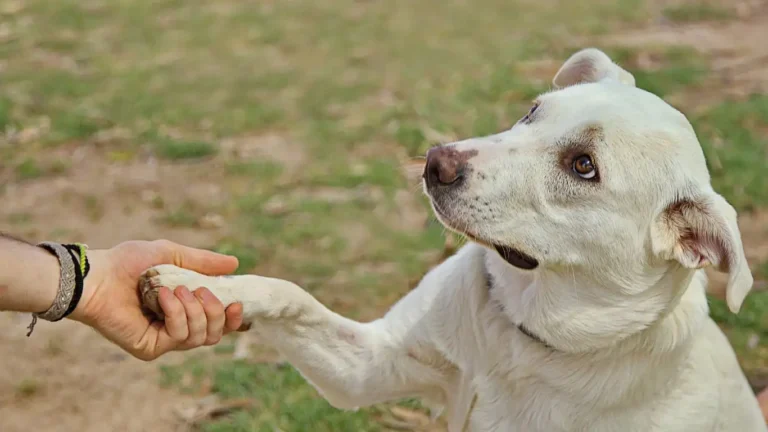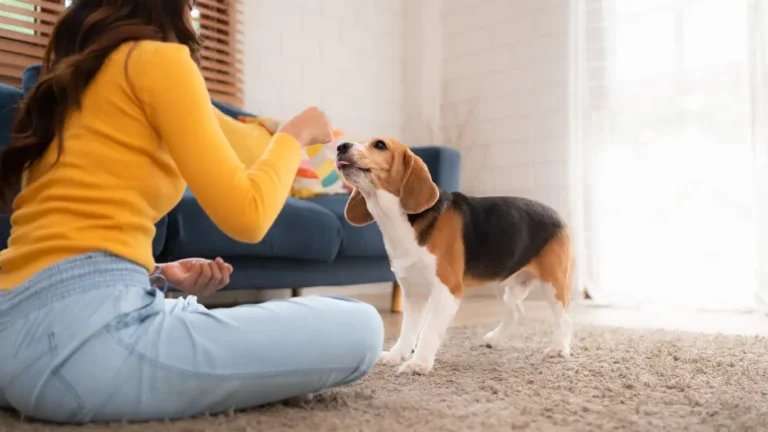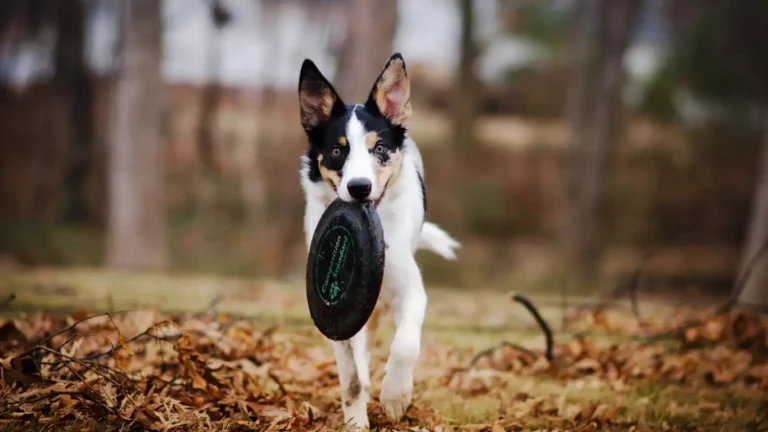Train Your Dog to React Calmly to Loud Sounds with Proven Techniques
One of the questions I get asked a lot as a Canine-Assisted Therapy Trainer is how to train a dog to react calmly to loud sounds. It’s a big deal, especially if you’ve ever seen your pup bolt under the couch at the first clap of thunder or freak out during fireworks season. Trust me, I’ve been there—many times. Whether it’s working with therapy dogs or helping everyday pet parents, I’ve learned that teaching dogs to stay chill around loud noises isn’t just possible—it’s absolutely doable with the right mindset and steps. And no, you don’t need to be a professional trainer to get real results. Let’s talk real-world techniques that work.
Understanding Why Loud Sounds Freak Dogs Out
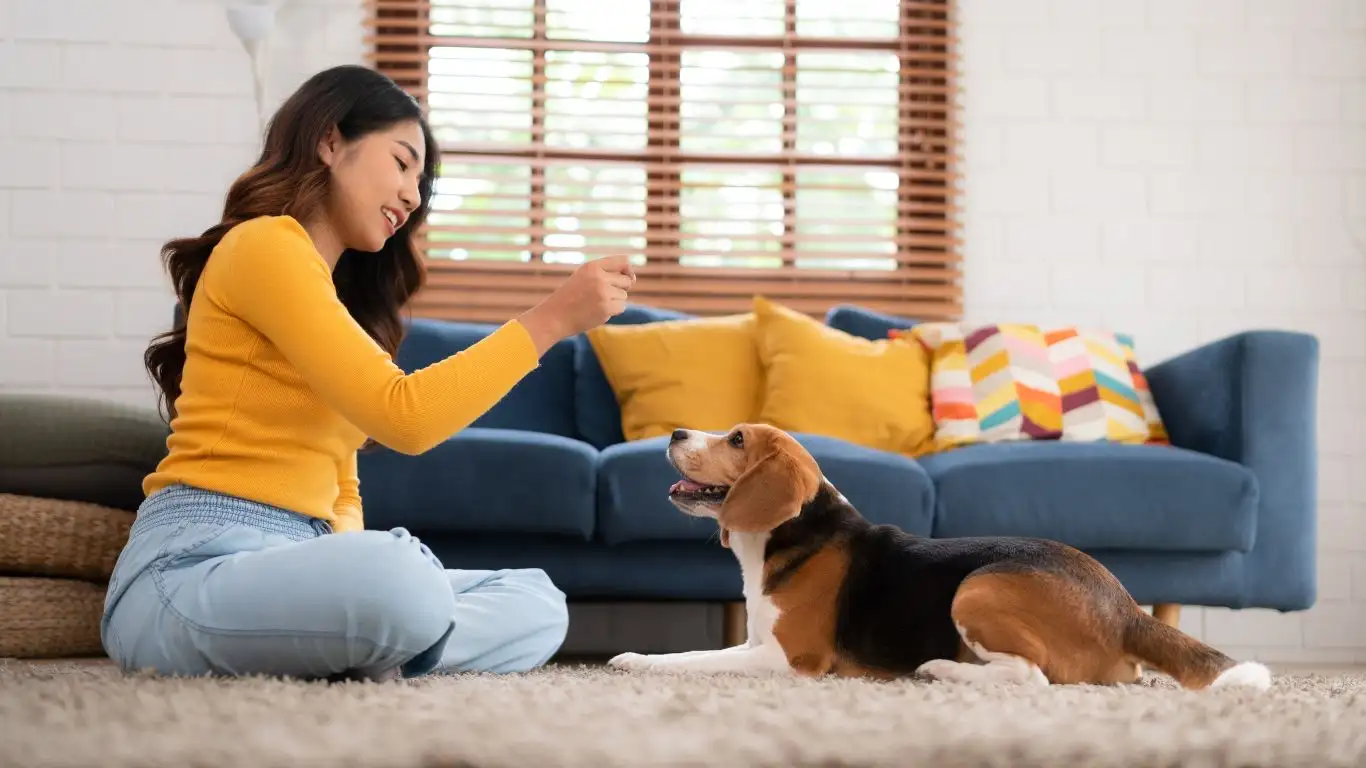
Before we jump into the training tips, let’s back up and talk about the *why*. Because, let’s be honest, it helps to know what’s going on in our dogs’ minds. Loud sounds like thunder, sirens, fireworks—they’re unpredictable, often sudden, and sometimes painful to sensitive ears. Dogs, especially rescues or puppies who missed early socialization, can easily associate these sounds with danger.
From what I’ve seen in both therapy dog prep and home settings, fear of loud sounds usually comes down to lack of exposure, past trauma, or just plain old sensitivity. And it doesn’t matter the breed—I’ve worked with everything from chill Labradors to high-strung Chihuahuas who react like the sky’s falling when a car backfires.
Common Triggers That Set Dogs Off
Here are a few sounds that typically rattle even the calmest dogs:
- Fireworks (big one—those booms are no joke)
- Thunderstorms
- Construction noise (think jackhammers, drills, and saws)
- Sirens and alarms
- Motorcycles or loud engines passing by
Knowing your dog’s specific triggers helps you target your training and get better results. Not all noise sensitivities are the same, so tuning into what makes your dog anxious is a game-changer.
Start with a Calm Foundation

Training your dog to stay calm during loud sounds begins before the sound even happens. I like to tell clients, “You can’t throw your dog into the deep end and expect them to swim without floaties.” The same goes for noise desensitization.
Create a Safe Space
Your dog needs a spot that feels safe and secure. For some, it’s a crate with a comfy bed and a favorite toy. For others, it might be a cozy corner in the living room. The key is consistency—this space should be associated with relaxation, not stress.
Bonus points if you add calming aids like:
- White noise machines
- Lavender-scented diffusers (dog-safe essential oils only!)
- Soft music or anxiety-relief playlists made just for pups
Build a Routine That Encourages Confidence
Dogs thrive on predictability. When they know what to expect, they’re less likely to freak out. Start integrating calming cues into your daily routine—gentle brushing, short meditation-style sessions (yes, doggy mindfulness is a thing), or simply practicing “settle” on a mat for a few minutes at a time.
I’ve seen dogs who once jumped at every loud bang learn to handle even a Fourth of July backyard party, just because their humans took the time to build these foundational calm moments.
How to Train a Dog to React Calmly to Loud Sounds Through Desensitization
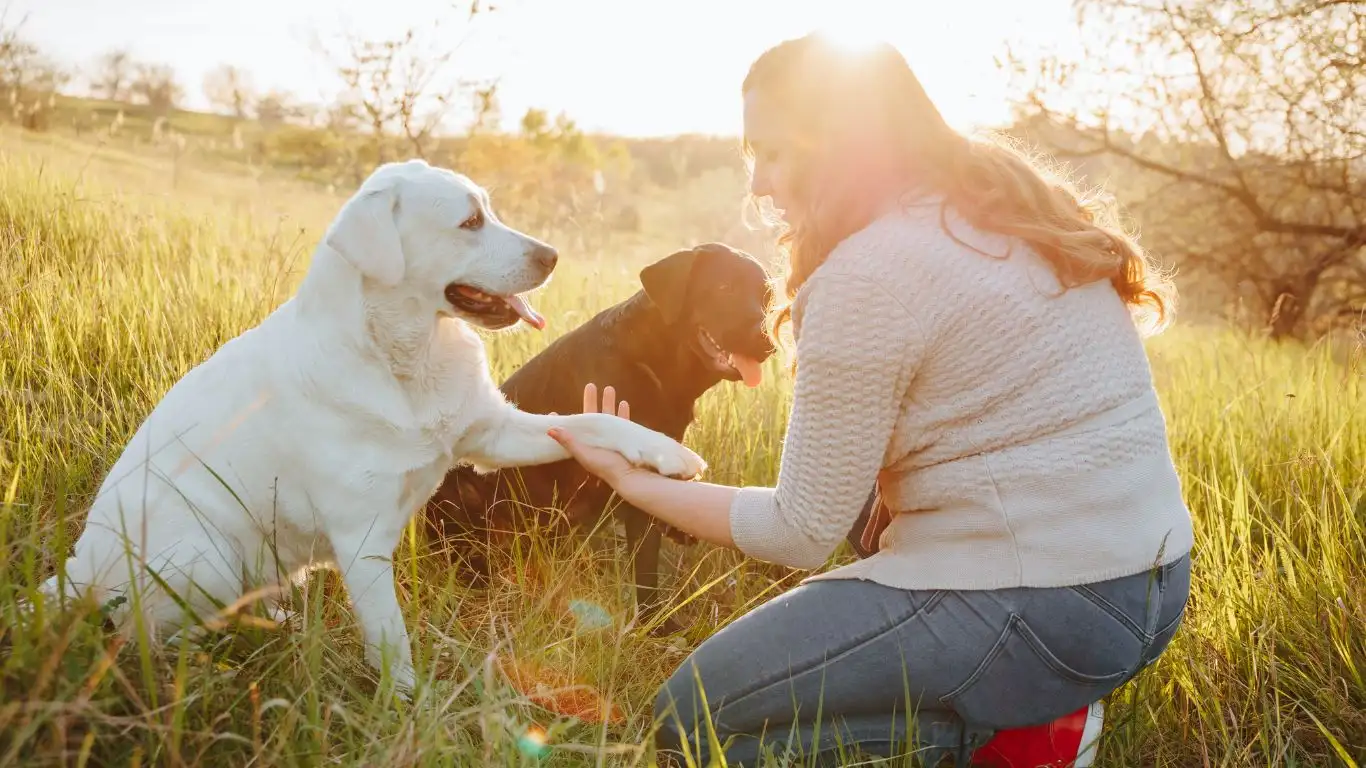
This is where the magic happens. Desensitization is all about exposing your dog to the scary sound in small, controlled doses. And I can’t stress this enough—go slow. Too fast and you’ll just reinforce the fear. Done right, though, it’s amazing to watch your dog go from trembling to totally unbothered.
Step-by-Step Desensitization Game Plan
- Pick your sound: Fireworks, thunder, vacuum cleaner—whatever your dog struggles with.
- Find a high-quality sound file: YouTube, Spotify, or even sound effect apps can help here.
- Start at super low volume: Like, whisper level. Play it during calm times—not when your dog is already stressed.
- Pair with positive experiences: Treats, play, petting—make the sound a background thing while good stuff happens.
- Gradually raise the volume: Not all at once! Spread this out over days or even weeks, depending on your dog’s reactions.
I used this exact process with a therapy dog in training named Willow—a Golden Retriever who used to lose her mind during thunder. We started with storm sounds at a barely-there volume while she snuggled in her safe space munching on a frozen peanut butter Kong. Slowly but surely, she stopped reacting. Now? She snoozes through storms like a pro.
And that’s the beauty of this kind of training. It’s not just about tolerance—it’s about changing your dog’s emotional response entirely. That takes time, repetition, and a whole lot of patience, but it works.
Adding Counter-Conditioning to Boost Your Dog’s Confidence
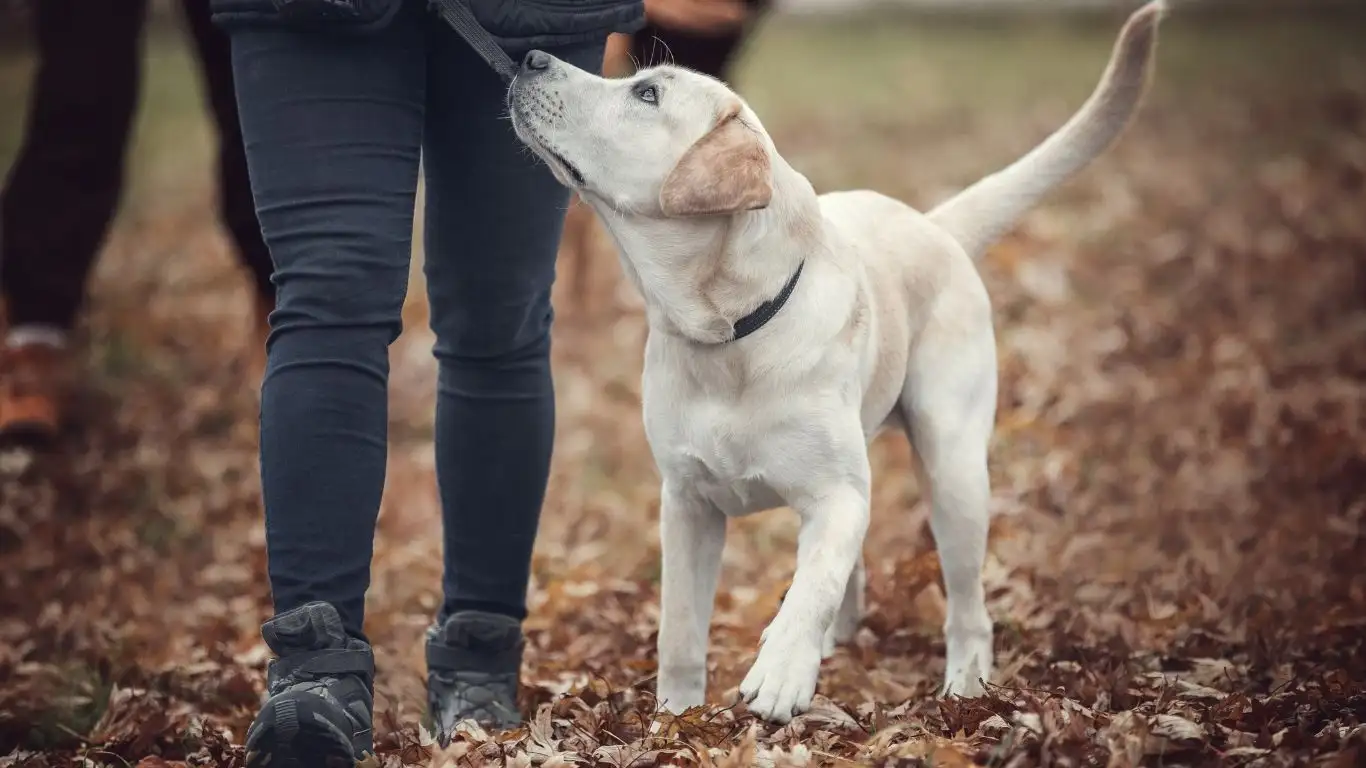
Alright, now that your dog’s getting used to the sounds through desensitization, let’s take it up a notch with a technique I swear by: counter-conditioning. This isn’t just about exposure. It’s about rewiring your dog’s brain to associate loud noises with awesome things. Think: turning a thunderclap into a cue for “Yay! Treat time!”
I used this method with a nervous Border Collie named Jasper, who used to shake like a leaf at any hint of rain. We didn’t just play storm sounds low and hope for the best—we made it rain cheese cubes (well, not literally, but close). Every time the sound played, Jasper got something he loved—snacks, toys, even a quick tug session.
How to Start Counter-Conditioning at Home
- Pick a jackpot reward: Something your dog loses their mind for (think roast chicken, not kibble).
- Pair the sound with the reward: Even if your dog seems chill, reward the moment they hear it. You’re creating new associations.
- Keep sessions short and sweet: 3-5 minutes is plenty. Leave them wanting more.
- Build up slowly: As your dog starts to anticipate something good, gradually increase the volume or length of the sound.
When counter-conditioning is done right, dogs stop reacting fearfully and start looking at you like, “Oh hey, is this the part where I get something awesome?” That mindset shift is golden.
Everyday Habits That Help Dogs Cope with Noise
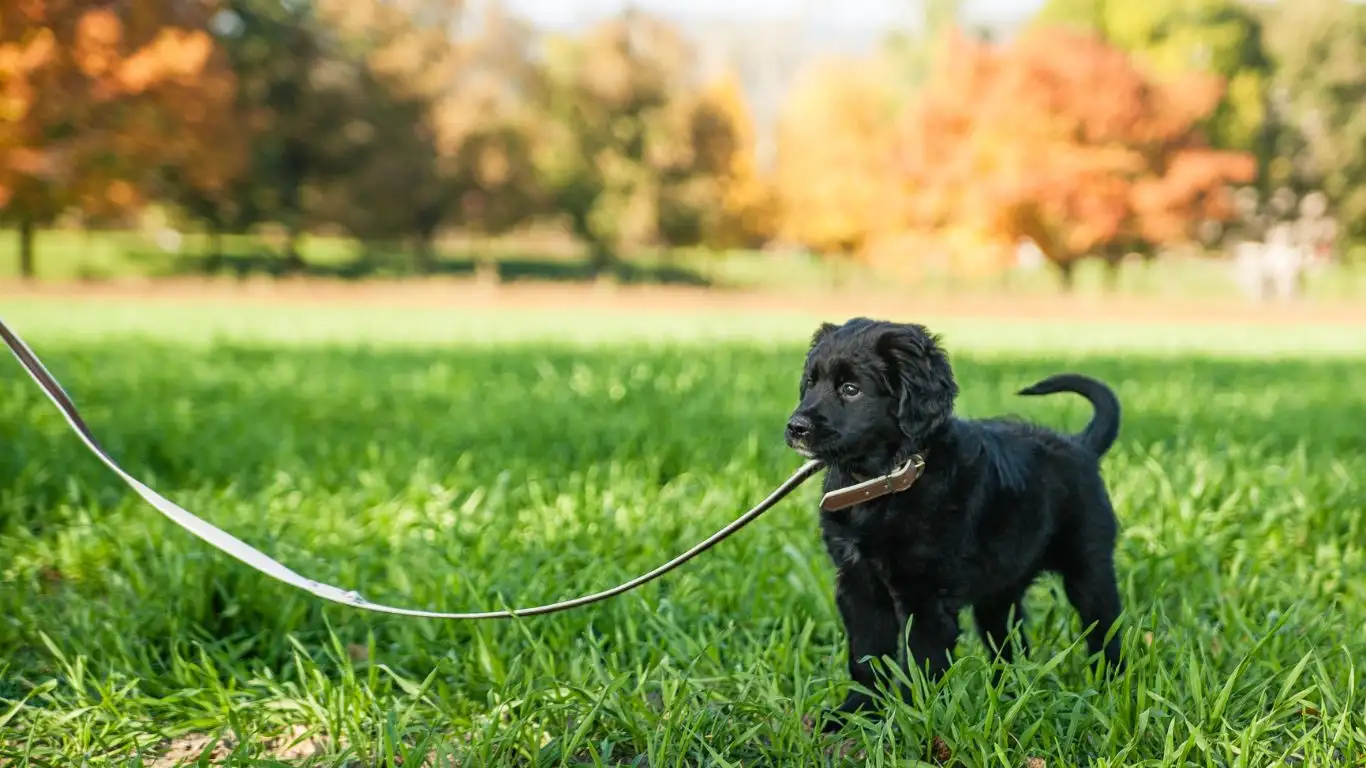
Let’s step back from training sessions for a second and talk about your dog’s day-to-day environment. Sometimes, we focus so much on the “lesson” part of training that we forget how much the little daily things matter. From food to walks to your own vibe—everything plays a role in how your dog handles stress.
Keep Calm, and Your Dog Will Too
This one sounds simple, but it’s huge: your energy affects your dog. If you panic when the fireworks go off, your dog’s gonna follow suit. Try to be the calm anchor in the storm (literally and figuratively).
What helps:
- Using a calm, low voice (avoid high-pitched or rushed tones)
- Modeling relaxation—sit down, breathe, act like it’s no big deal
- Practicing “relaxation protocols” regularly, not just during noisy moments
Enrich Your Dog’s Life Beyond Training
Enrichment is another major player here. A mentally and physically satisfied dog is just less likely to spiral when something unexpected happens. I’ve had clients tell me their anxious pups made massive progress just from adding puzzle feeders and more structured walks into the mix.
Try rotating in:
- Snuffle mats or food-dispensing toys
- Interactive games like hide-and-seek
- Training short, fun cues like “spin” or “touch” to build engagement
These little additions aren’t just fun—they actually help shift your dog’s brain chemistry in the right direction, reducing cortisol and boosting confidence. Win-win.
Using Tools and Products to Support Training
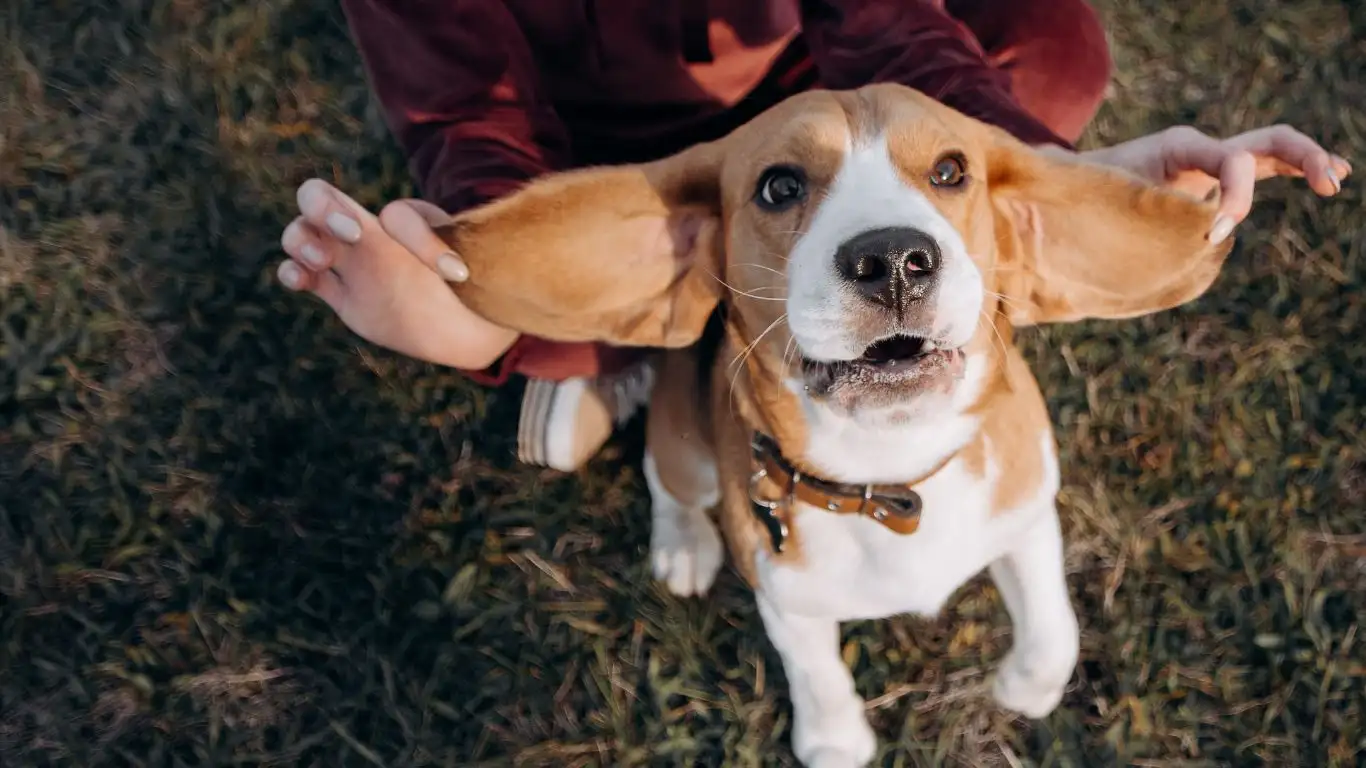
Let me just say this up front: tools aren’t a magic fix. But when used alongside training, the right tools can totally help. In my sessions with therapy dogs in high-stress settings, we use a few key items to create that sense of calm and safety.
My Go-To Calm-Boosting Tools
- Calming vests or wraps: Gentle pressure can have a soothing effect, kinda like a weighted blanket for dogs.
- Noise-canceling earmuffs for dogs: Yes, they exist. And they work surprisingly well for dogs who are ultra sound-sensitive.
- Pheromone diffusers: Products like Adaptil release dog-appeasing pheromones that mimic the scent nursing mothers produce.
- Soft background noise: White noise machines or “dog music” playlists on low volume can help mask startling external noises.
I had one German Shepherd who couldn’t handle garbage trucks. We worked a combo of gradual sound exposure and a snug calming wrap—and now he barely lifts his head when the bins get dragged out. It’s about building a full toolbox and using what works best for your individual pup.
Be Mindful with Supplements or Medication
Sometimes, especially in extreme cases, your vet may suggest calming supplements or even prescription meds. And honestly? That’s okay. You’re not “giving up” by exploring those options. You’re helping your dog function better, especially when anxiety starts affecting quality of life.
That said, always check with a professional before trying any supplement. Natural doesn’t always mean safe, and every dog reacts differently.
Training a dog to react calmly to loud sounds takes consistency, patience, and a bit of trial and error. But every dog I’ve worked with has made progress with the right support system—and that includes the human on the other end of the leash. Stay steady, be kind to yourself, and celebrate the small wins. They add up.
Handling Real-World Sound Challenges With Confidence

Okay, so you’ve done the groundwork. Your dog is starting to stay chill with recorded sounds and they’re responding well to your counter-conditioning efforts. But what about real life? That’s where things can get tricky—and exciting. Taking the calm behaviors you’ve built at home and applying them in the real world is the next big step.
One of my therapy pups, Daisy—a super sweet rescue mutt—used to freeze every time we walked near a busy street. It took a mix of patience, high-value rewards, and slowly increasing her exposure before she could walk past a jackhammer without batting an eye.
Strategies for the Real World
Here’s how I recommend approaching loud situations outside your home:
- Scout ahead: Know the environment you’re walking into. If there’s construction, festivals, or heavy traffic, plan accordingly.
- Stay in “learning mode”: Bring treats, use known cues (like “look at me” or “touch”), and be ready to reward calm responses.
- Don’t force it: If your dog’s showing signs of stress (tail tucked, ears pinned, heavy panting), back off and try again another day.
- Celebrate small wins: If your dog walks past a noisy lawnmower without reacting, that’s a BIG deal—reinforce it!
The key here is gradual exposure and setting your dog up to succeed. When they can handle real-world noise with grace, you’ll know all that hard work has paid off.
Training Tips Tailored to Different Personality Types
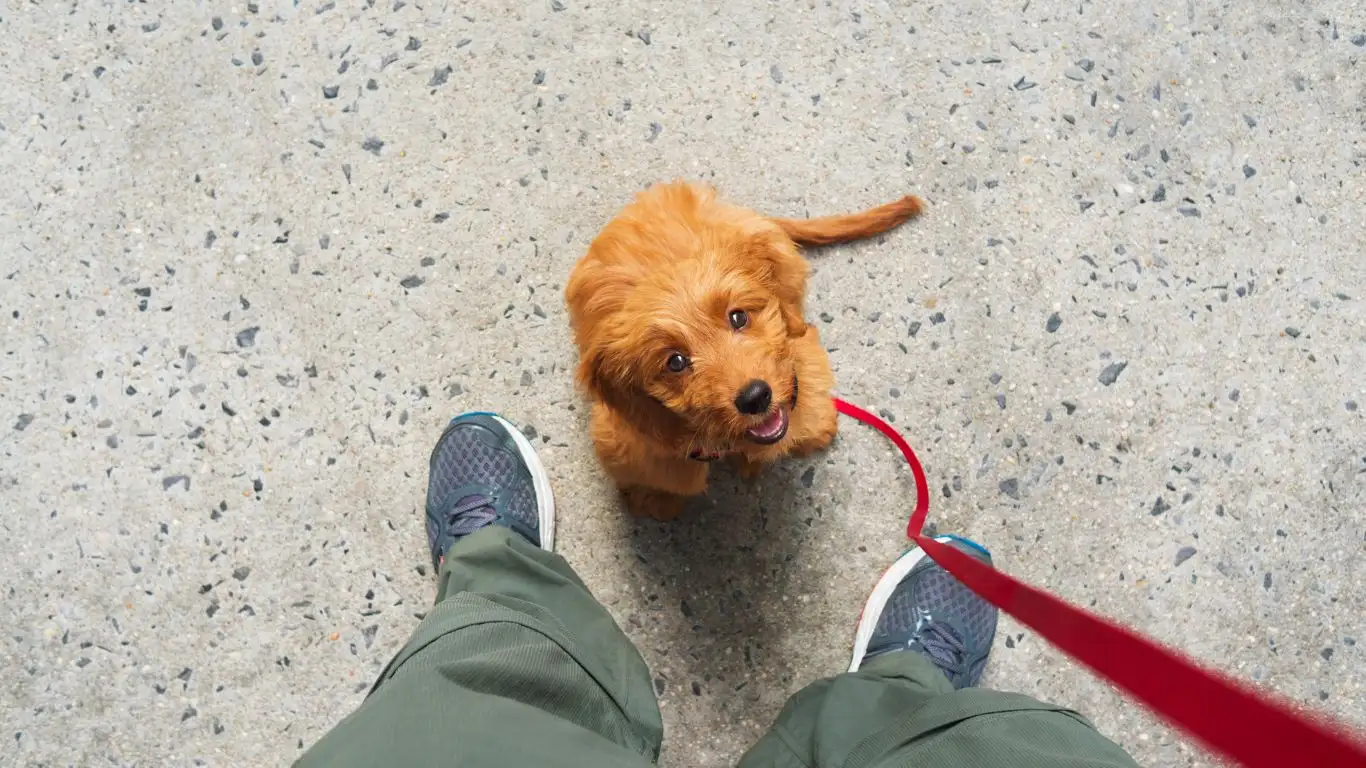
Let’s be real—not all dogs are wired the same. Some are born chill, while others come into the world ready to sound the alarm at every squirrel or car door. And that’s okay! The beauty of personalized training is adjusting your approach based on your dog’s unique vibe.
For the High-Strung or Reactive Dog
If your pup is on high alert 24/7, consistency and clear boundaries are your best friends. I’ve worked with a super reactive Mini Aussie named Finn who couldn’t even hear the microwave beep without a meltdown. For dogs like this:
- Keep sessions short and predictable
- Use “pattern games” to redirect focus (like the Look At That game)
- Manage the environment heavily at first—curtains, white noise, etc.
Reactive dogs can absolutely learn to relax with sound—it just takes more prep and sometimes a more structured protocol, like BAT (Behavior Adjustment Training).
For the Shy or Fearful Dog
For the quiet, timid types—like Luna, a little rescue I trained who’d flinch at wind chimes—you need to go extra slow. These pups often shut down, so look for tiny signs of progress like tail loosening or sniffing, and reward those like crazy.
What helps:
- Super soft, gentle exposure—think spa-day vibes
- Let them lead—don’t lure them toward scary sounds
- Give tons of choice—choice builds confidence
For the Chill but Easily Startled Dog
This type is surprisingly common—dogs that are fine 90% of the time, but that 10%? Boom. They’re gone. I call these the “surprise spookers.” For them, unpredictable loud sounds are the worst.
Solution? Work on startle recovery. Startle, then recover fast = success. Practice mini disruptions and pair with rewards immediately after. Like dropping a spoon (gently) then tossing a treat.
When to Call in a Professional
Listen, as a trainer, I always encourage people to try working with their dogs at home first—but I’m also the first to say, don’t hesitate to bring in backup when needed. If your dog’s fear is so intense it’s affecting their daily quality of life—or yours—it’s time to loop in a pro.
Signs You Might Need Extra Help
- Your dog shuts down completely or becomes aggressive when they hear loud sounds
- They can’t eat, sleep, or focus during storms or fireworks
- Your own anxiety about the situation is starting to affect your bond with your dog
A certified trainer or veterinary behaviorist can provide customized protocols, medication plans, and accountability. Look for credentials from organizations like AKC or PetMD.
Consistency is Your Secret Weapon
Look, I know we all want quick fixes. But in my experience, the dogs who make the biggest transformations aren’t the ones with fancy gear or endless training sessions—it’s the ones whose humans just kept showing up. A little progress every day beats a perfect plan once a month.
So if your pup still freaks out at the garbage truck? That’s okay. If you’re halfway through desensitization and your dog regresses a little? Still okay. This isn’t about perfection—it’s about partnership.
Every tail wag during a storm, every relaxed sniff during a noisy walk, every nap during a fireworks show—that’s a win. And you and your dog? You’re a team. You’ve got this.
Resources & References
- American Kennel Club (AKC)
- PetMD
- Health.com – Anxiety Management
- National Institutes of Health (NIH)
Disclaimer
This article is based on personal experience and general best practices in canine training. It is not a substitute for professional veterinary advice. Always consult your vet or a certified behaviorist before making major changes to your dog’s care or training program.


